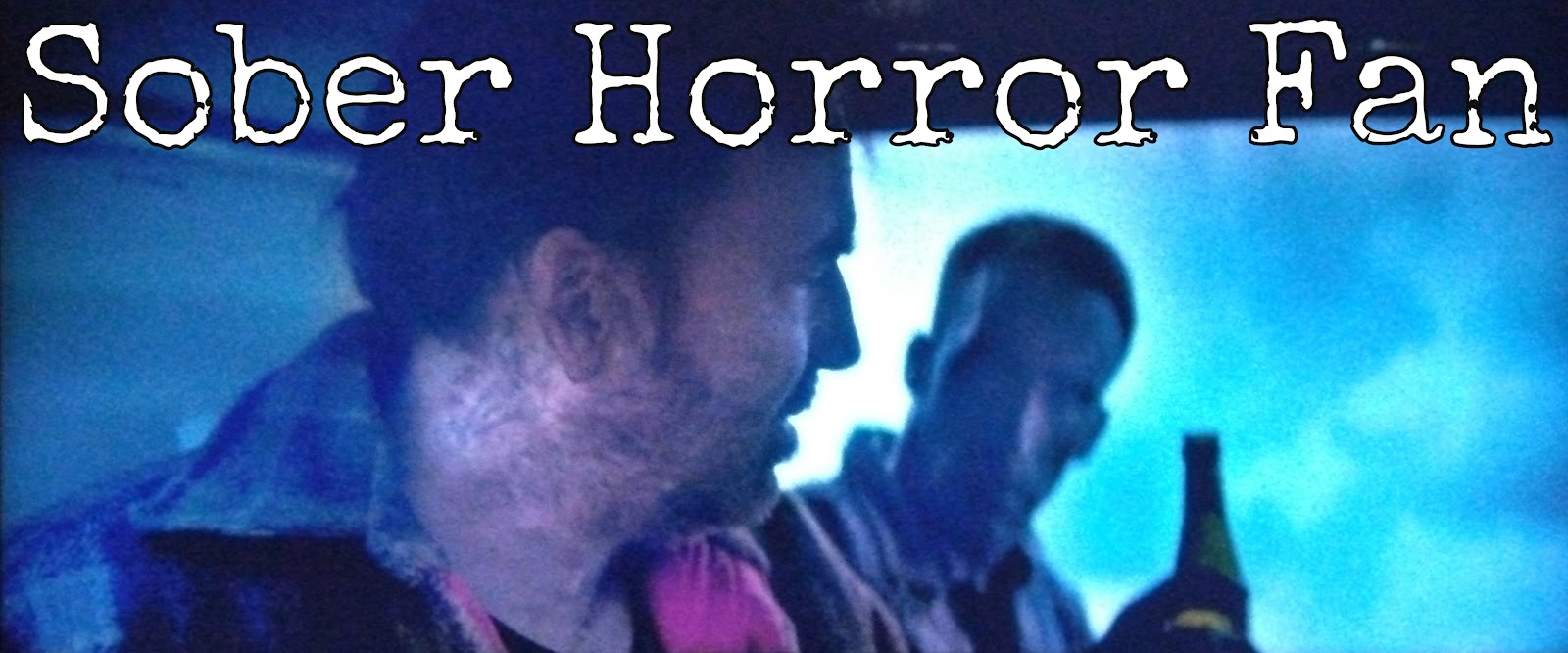The Oblong Box (1969)
 Day 9 of Sobriety
Day 9 of SobrietyThis could be described as the entry in Roger Corman’s Edgar Allen Poe cycle of films that wasn’t actually directed by Roger Corman. Perhaps that is why I found a little lackluster compared to the other films that I have seen in the cycle (so far House of Usher, The Pit and the Pendulum, The Haunted Palace, and The Masque of the Red Death—and most of the other titles are waiting on my shelf). But having said that, the actual director, Gordon Hessler, has made a fair number of good films, including The Golden Voyage of Sinbad (1974), and (ahem) Kiss Meets the Phantom of the Park (1978). He also directed another Vincent Price film, Cry of the Banshee (1970), which I haven’t seen yet, but am looking forward to.
Apparently
Hessler stepped in to replace Michael Reeves (of Witchfinder General
fame) when Reeves became unavailable due to illness. I wonder what The
Oblong Box would have been like if it had been directed by Reeves? We’ll
never know.
 All of that is not to say that The Oblong
Box is a bad movie—not at all. It has Vincent Price and Christopher Lee
in it—how could it be?! I enjoyed it well enough; it just didn’t
quite reach the gothic fever pitch that the other Corman-Poe movies I’ve
seen did.
All of that is not to say that The Oblong
Box is a bad movie—not at all. It has Vincent Price and Christopher Lee
in it—how could it be?! I enjoyed it well enough; it just didn’t
quite reach the gothic fever pitch that the other Corman-Poe movies I’ve
seen did.The movie focuses on the plight of a masked
protagonist—an aristocrat whose face was disfigured in a “Voodoo ritual”
in Africa as a punishment for a crime committed against the native
population. The depiction of the Voodoo ritual opens the film and is
shot from the perspective of the victim. It’s pretty intense. However,
that punishment was imposed on him unjustly, and now, back in England,
he is seeking revenge on those who wronged him. Vincent Price plays the
masked man’s brother, who has kept him secretly imprisoned in his house
due to feelings of guilt and shame. Christopher Lee plays a doctor who
is engaged in illegal medical research on stolen corpses.
The
plot is quite complex, and involves a cocktail of macabre themes:
voodoo, grave-robbing, premature burial, murder, and (as is often the
case with such gothic chillers) very dark forms of karma and
retribution. One thing I personally found quite intriguing was the way that the masked protagonist is treated by the general
populace when he ventures out into urban London (at least I think it was
London). Despite his alarming appearance, he is able to engage in a
tryst with one of his brother’s servants. In one scene he is dragged by
drunks to a tavern/brothel where he has an encounter with a prostitute.
In my newly sober state, the chaotic tavern scene stirred some thoughts
and memories. Primarily envy, I suppose. Everyone in the scene is
roaring drunk—the staff, the customers, the prostitutes, the punters,
and they are having a whale of a time. But the delirium in which they
are abandoning themselves to the cacophony and revelry of the moment,
blotting out all thoughts of tomorrow also seemed uncomfortably
familiar.





Comments
Post a Comment